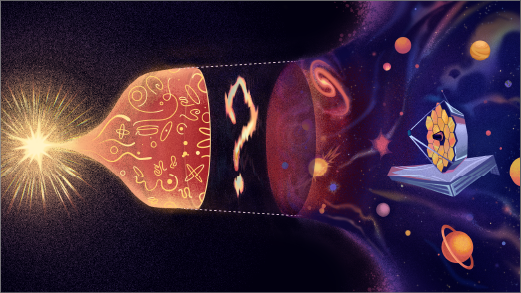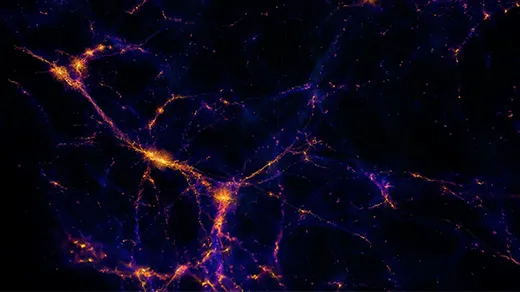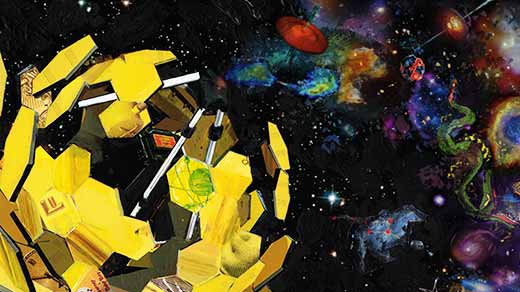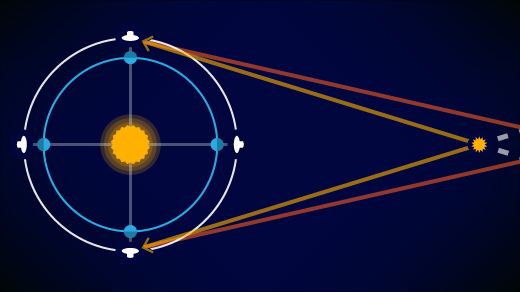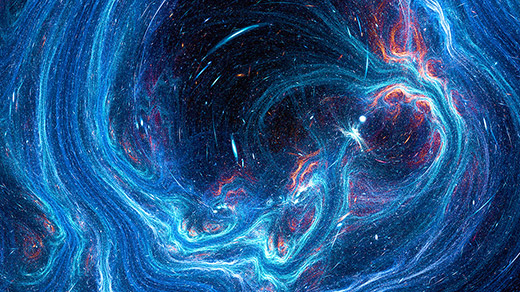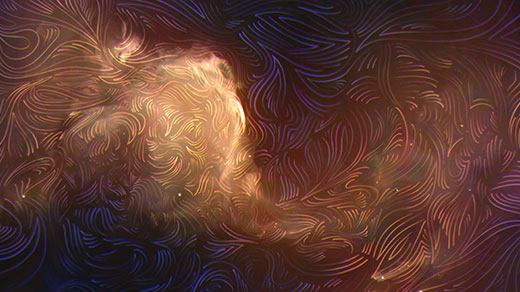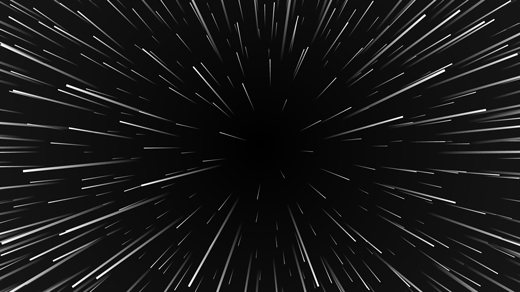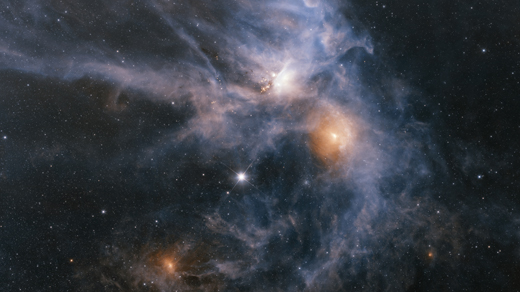What's up in
Hubble constant
Latest Articles
The Webb Telescope Further Deepens the Biggest Controversy in Cosmology
A long-awaited study of the cosmic expansion rate suggests that when it comes to the Hubble tension, cosmologists are still missing something.
Clashing Cosmic Numbers Challenge Our Best Theory of the Universe
As measurements of distant stars and galaxies become more precise, cosmologists are struggling to make sense of sparring values.
How (Nearly) Nothing Might Solve Cosmology’s Biggest Questions
By measuring the universe’s emptiest spaces, scientists can study how matter clumps together and how fast it flies apart.
The Webb Space Telescope Will Rewrite Cosmic History. If It Works.
The James Webb Space Telescope has the potential to rewrite the history of the cosmos and reshape humanity’s position within it. But first, a lot of things have to work just right.
Astronomers Get Their Wish, and a Cosmic Crisis Gets Worse
We don’t know why the universe appears to be expanding faster than it should. New ultra-precise distance measurements have only intensified the problem.
A New Cosmic Tension: The Universe Might Be Too Thin
Cosmologists have concluded that the universe doesn’t appear to clump as much as it should. Could both of cosmology’s big puzzles share a single fix?
The Hidden Magnetic Universe Begins to Come Into View
Astronomers are discovering that magnetic fields permeate much of the cosmos. If these fields date back to the Big Bang, they could solve a major cosmological mystery.
What Might Be Speeding Up the Universe’s Expansion?
Physicists have proposed extra cosmic ingredients that could explain the faster-than-expected expansion of space.
New Wrinkle Added to Cosmology’s Hubble Crisis
A problem confronts cosmology: Two independent measurements of the universe’s expansion give incompatible answers. Now a third method, advanced by an astronomy pioneer, appears to bridge the divide.
